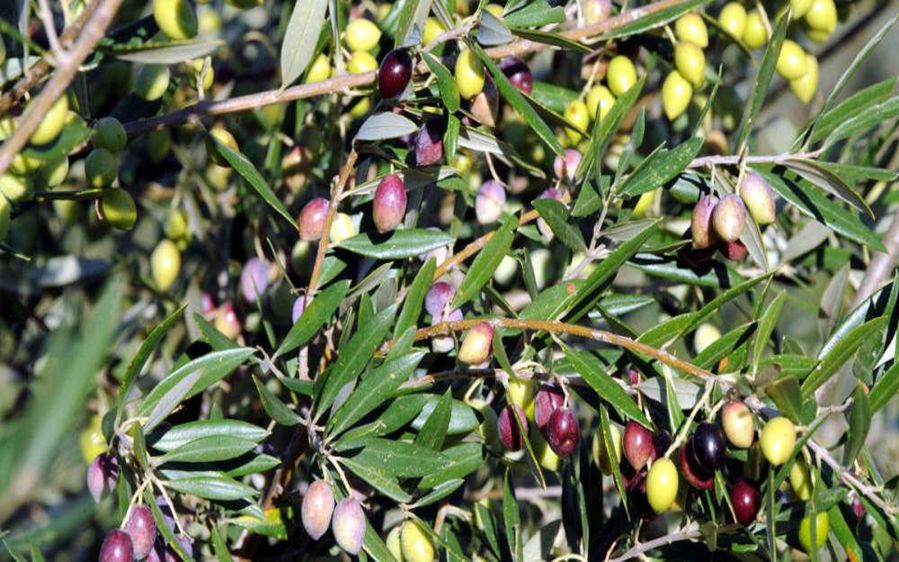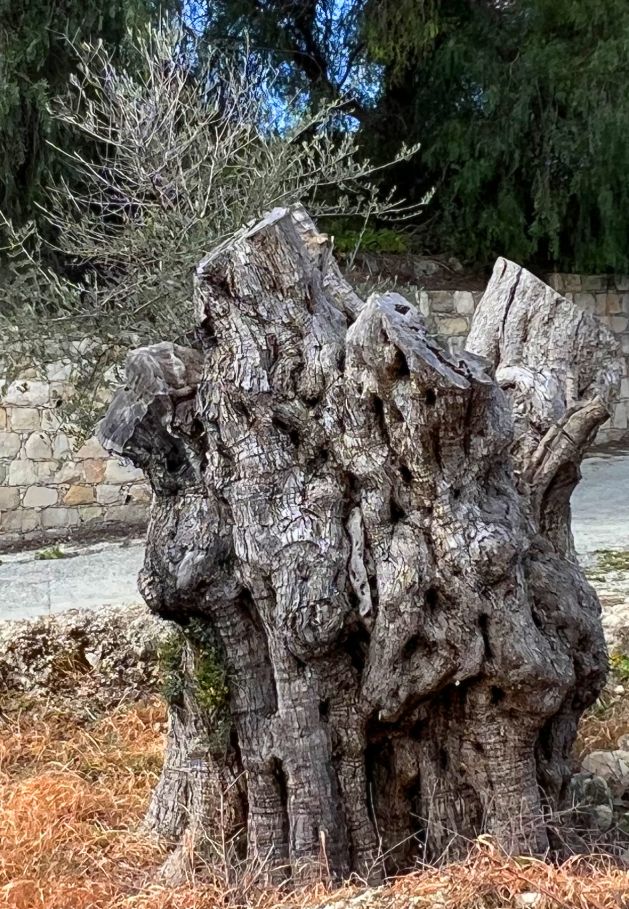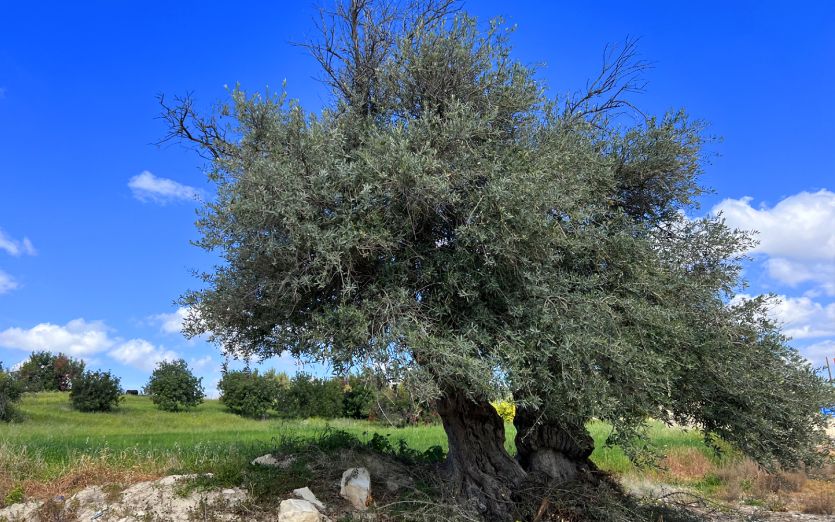Olive trees
The harvest of
olives

In addition to the numerous carob trees that existed and still exist in the village, there are numerous olive trees that have been here since antiquity.
The residents of Prasteio Avdimou were also engaged in olive harvesting, as the region offered many opportunities for its growth.

Those who had olive trees on their estates therefore secured their oil for the entire year or even sold it to those who did not. The collection method was straightforward. With the maturation of the fruit, the producers began peeling (=slicing) the olives and transporting them home in sacks until they could transport them to the olive press, to the ancient olive mills, to extract their oil. Historically, oil was preserved in clay vessels (pitharia). In addition to olive oil, olive cultivators gathered olives, which they stored in clay containers for year-round consumption. Olive production was directly dependent on annual precipitation and the health of olive trees.

The women gathered the carobs from the ground and placed them in baskets, coffins, and then bags. After 1940, growers utilised ”canabitse,” which they spread beneath the carob trees for the carobs to tumble onto. The sacks were then transported to the home and from there to the beachside warehouses of the neighbouring village of Avdimou.
The carobs were conveyed from the warehouses in boats moored at the dock to the ship, which was anchored at sea due to the lack of a port. The merchandise was then transported to its destination. These events occurred during carob harvest season.

The income from the sale of “black gold” was the primary source of income for many residents, and opium supported their families. Today, the harvesting and transportation of this product have evolved, as have the majority of agricultural operations. Carob is suitable for sustainable agriculture because it requires minimal human intervention and has minimal requirements for chemical interventions (pesticides), nutrients (fertilisers), and mechanical processing, while providing an abundance of healthy and natural food products suitable for a variety of applications.
